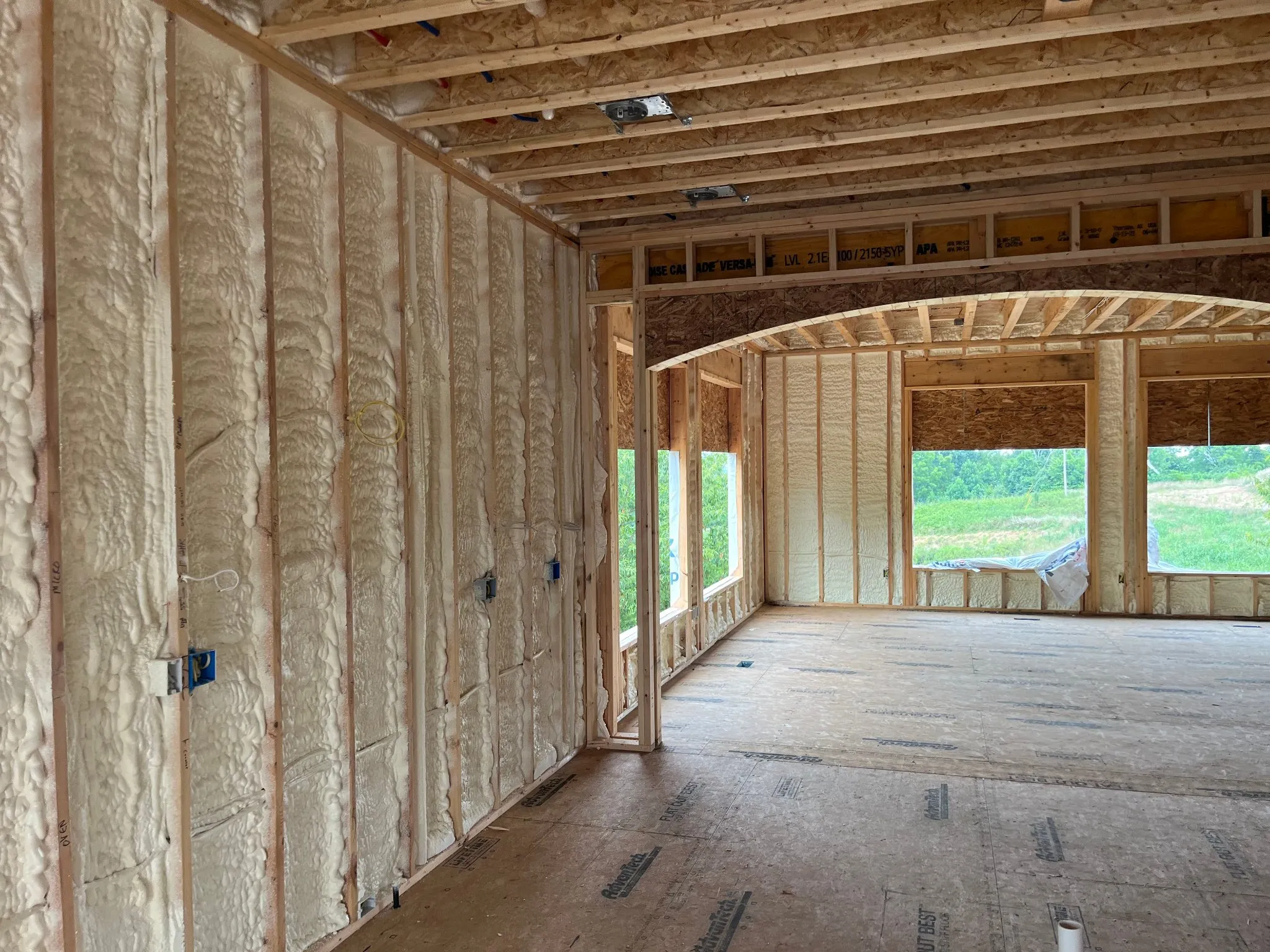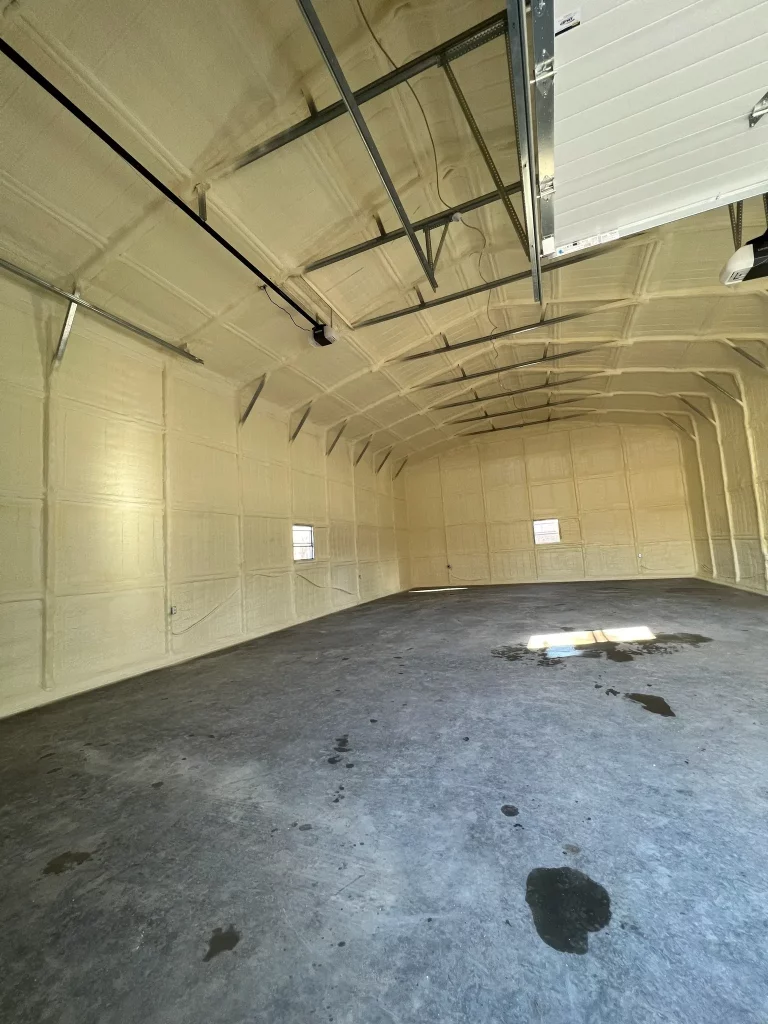
A good spray foam contractor in 2025 must demonstrate technical competence, compliance with safety and building codes, and consistent application quality. Proper certifications, experience with both open-cell and closed-cell foam, and in-depth substrate evaluation are key indicators of reliability. The ability to assess regional climate needs and moisture conditions before installation separates qualified professionals from average operators.
Poor application affects energy efficiency, structural integrity, and indoor air quality. With newer materials and tighter code enforcement emerging in 2025, understanding product chemistry, R-value stability, and installation temperatures is non-negotiable. This article outlines the practical benchmarks that define a trustworthy spray foam professional, based on direct industry application and inspection experience.
Ohio Valley Spray Foam operates across environments with high humidity and seasonal temperature swings. Practical knowledge of thermal bridging, condensation risk, and building envelope behavior supports this guidance.
| Qualification Area | Minimum Standard (2025) | What It Indicates |
|---|---|---|
| Certification | SPFA PCP Certified (Level 1-2) | Knowledge of material science and safety |
| Equipment Use | Ratio and pressure-monitored proportioners | Consistency and foam integrity |
| Surface Prep | Moisture testing and substrate inspection | Prevents adhesion failures |
| Climate Awareness | Adapts mix and application to humidity and temp | Maximizes performance, reduces shrinkage |
| Foam Knowledge | Differentiates open-cell vs. closed-cell applications | Proper insulation choice per structure |
| Building Code Familiarity | Compliance with 2021 IRC/IECC or local variations | Avoids project delays and rework |
| Experience Level | Minimum 3-5 years in spray foam applications | Reduces application errors |
| Application Factor | Acceptable Range/Standard | Impact on Job Quality |
|---|---|---|
| Spray Thickness Consistency | ±0.25 inches tolerance per pass | Uniform R-value and performance |
| Curing Time Before Recoat | 30 seconds to 2 minutes (climate-adjusted) | Prevents delamination |
| Ambient Temp Range | 60°F – 80°F for optimal adhesion | Ensures proper cell structure |
| Substrate Moisture | Below 18% for wood-based substrates | Prevents blistering and foam collapse |
| Expansion Control | Open-cell: 100x, Closed-cell: 30-40x | Avoids overfill or structural stress |
Before choosing a contractor, verify real-world application history. Ask for site photos and project scopes. Review inspection reports where available. Contractors operating in Ohio, West Virginia, and Kentucky must account for humid summers, freeze-thaw cycles, and mixed-humidity crawlspaces.
Bonus Tip: Ask how the contractor handles ventilation during application. Inadequate ventilation can leave lingering isocyanate vapors indoors.
| Foam Type | R-Value per Inch | Water Resistance | Sound Dampening | Best for |
|---|---|---|---|---|
| Open-Cell Foam | 3.5 – 3.9 | Low | High | Interior walls, attics |
| Closed-Cell Foam | 6.0 – 7.4 | High | Moderate | Basements, exterior walls, barns |
Bonus Tip: Avoid contractors who quote jobs without an on-site evaluation. Surface conditions and geometry affect spray pattern and foam type selection.

Most residential applications take 1-2 days depending on size, weather, and site conditions.
SPFA Professional Certification Program (PCP) Level 1 or higher is recommended for application consistency and safety.
Yes, closed-cell foam is commonly used in pole barns for its rigid structure and water resistance.
Remove flammable materials, confirm access to application areas, and vacate the space during and after spray.
The most dependable spray foam contractors in 2025 combine field experience with technical certification, climate-adaptive methods, and compliance with evolving codes. Shortcuts in prep or incorrect foam selection can reduce insulation efficiency by up to 40% (Building Science Corporation, 2024).
Evaluate your structure, ventilation capacity, and moisture profile before making decisions. Contractors who conduct site-specific assessments deliver safer and longer-lasting results.
Ohio Valley Spray Foam provides residential and commercial spray foam services backed by field-tested installation methods. For help selecting the correct solution for your space, reach out by phone at (740) 373-3626 or email at [email protected].
Check cured foam for uniformity, adhesion to surfaces, and absence of voids or shrinkage. Thermal cameras can detect missed areas.
Generally, maintenance-free, but periodic attic and crawlspace checks help monitor moisture intrusion or air leaks.
Once cured, spray foam is inert. Proper ventilation during installation is key.
Improper mix ratios, poor substrate preparation, or incorrect temperature/humidity during application.